On Sunday, August 28th Song Dong and students from NYU Shanghai welcomed guests to the opening of the Beijing artist’s Eating The City exhibition in Shanghai, an event that was co-organised by NYU Shanghai Art Gallery.
Eating the City is an installation that resembles a scale model of a city, but instead of being constructed with balsa wood and foam board, it’s made with crackers, cookies, candies and snacks.
The installation is an exploration of life in metropolises around the world. Song Dong believes people are ‘eaten’ by the city because they all live separately in cubicles, apartments and houses. People occupy one little space, and it’s the city that is slowly eating them.
With this installation, people are able to subvert this idea as they “eat the city”. Song Dong is an experimental artist. For him, art happens in everyday life with people’s actions, and therefore the work of this project is only complete when the audience finally eats it.
Born in 1966 in Beijing, Song Dong pursued painting at an early age. After his 1989 graduation, however, he abandoned painting and became an avant-garde artist. His work is often a conceptual exploration of the transience of human endeavour.
Song Dong visited the NYU Shanghai campus in February 2016 and was fascinated by the unique atmosphere of NYU Shanghai–a liberal arts and cooperative experiment in international education–in one of China’s most economically important cities.
On March 11th 2016 with great interest from the student body Song Dong’s A Flourishing Void, NYU Shanghai’s first major exhibition of 2016, opened. It was from this relationship that NYU Shanghai Art Gallery was able to co-organise this incarnation of Song’s Eating The City.
NYU Shanghai Art Gallery reached out to the student body to help with this project. 30 volunteers from NYU Shanghai worked for six days constructing the installation. Work started on Monday, August 22nd and the volunteers worked in shifts from 9 am to 6 pm daily to create this spectacle.
Volunteers didn’t need a background in art to be part of this project, but many came from the Interactive Media Art Major at NYU Shanghai. Others studied subjects in Science, Maths or Business.
First volunteers had to make a layer of crackers on the table to form the ground. Then they built the very tall buildings in the middle and then smaller buildings surrounding them. The last couple of days were spent using candies to make the water features, and traffic and cream were used to make the flowers and trees along the roads. Upwards of 20,000rmb was spent on cookies and candies for the project.
In the afternoon on Sunday, August 28th an array of guests including families gathered to participate in this unique occasion. As guests entered the auditorium they were given an empty box, allaying any concerns about food waste. Even if you weren’t here you were still able to participate. The first thing that hit as you entered was the smell–a delicious sweet sensation–it was like walking into Willy Wonka’s Chocolate Factory.
Then there were the model buildings, but they of course were cookies and candies. I had the urge to grab and start eating, yet had to marvel in awe at the array of shapes and sizes. Then there were the colours – blues, greens, pinks, reds, yellows; a wondrous sensation.
Many volunteers talked in glowing terms of working with Song Dong. They were able to use their own creativity to design and to implement their designs in the buildings. Volunteer Iris Zhu commented: “After you’ve made it you feel that it’s your building. You really like it and you’re so attached to it because it’s not like there’s a plan, you just follow your own idea.”
For this reason, the project became very personal for the volunteers. “I’d like to thank NYU Shanghai Art Gallery for giving us this opportunity to work here and to get involved in this art project. It’s very interesting and beautiful,” added Ms Zhu.
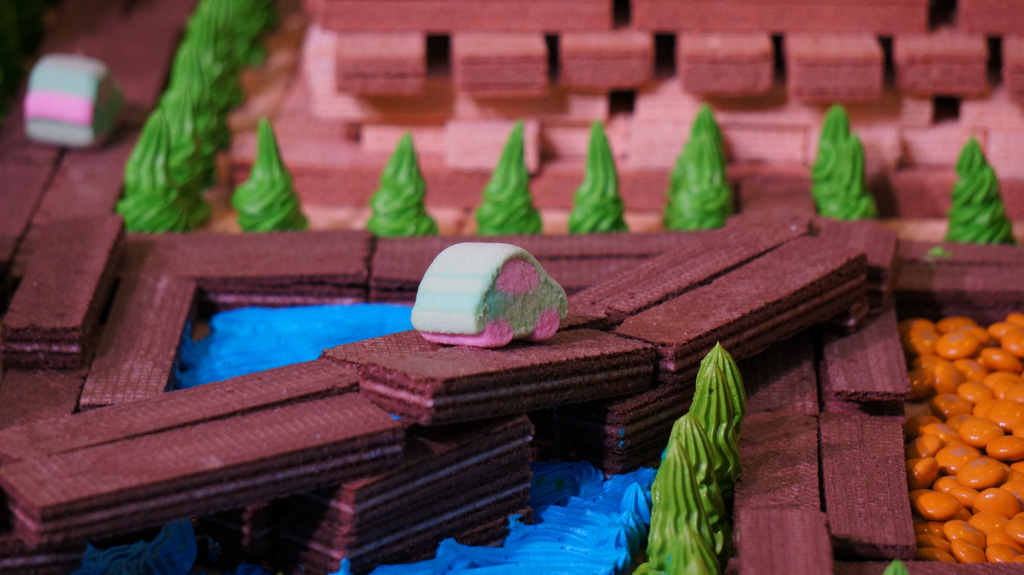
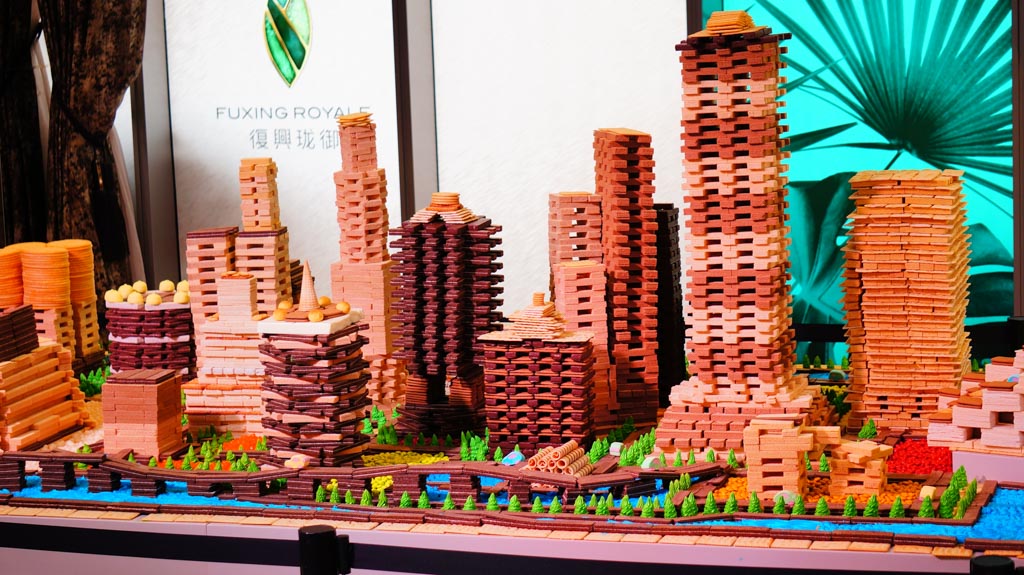


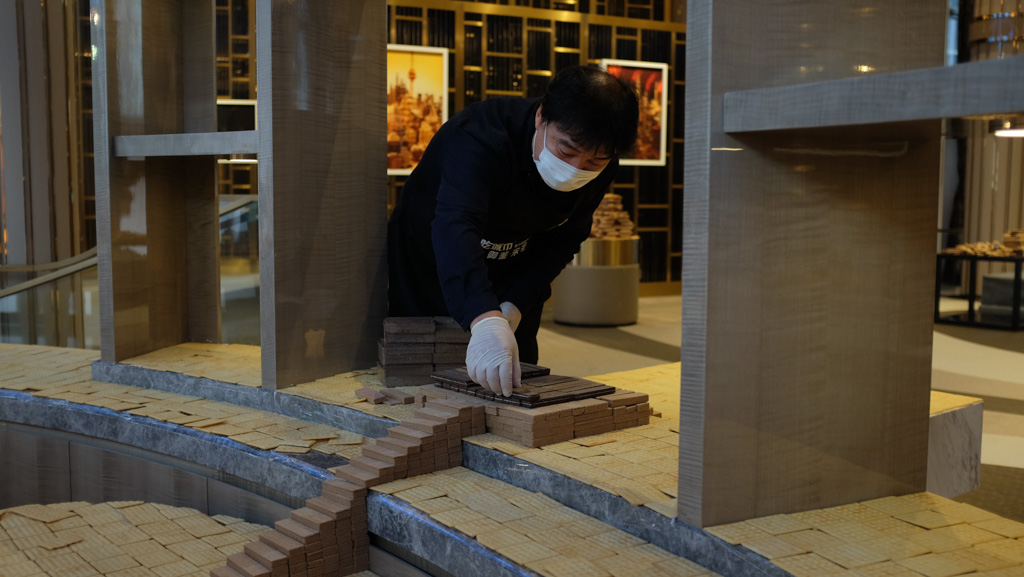

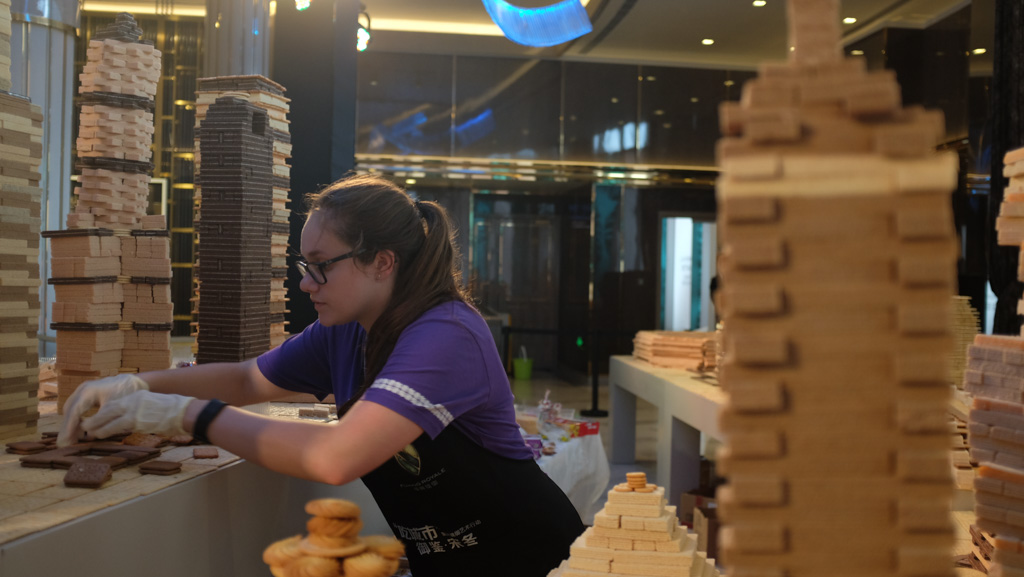

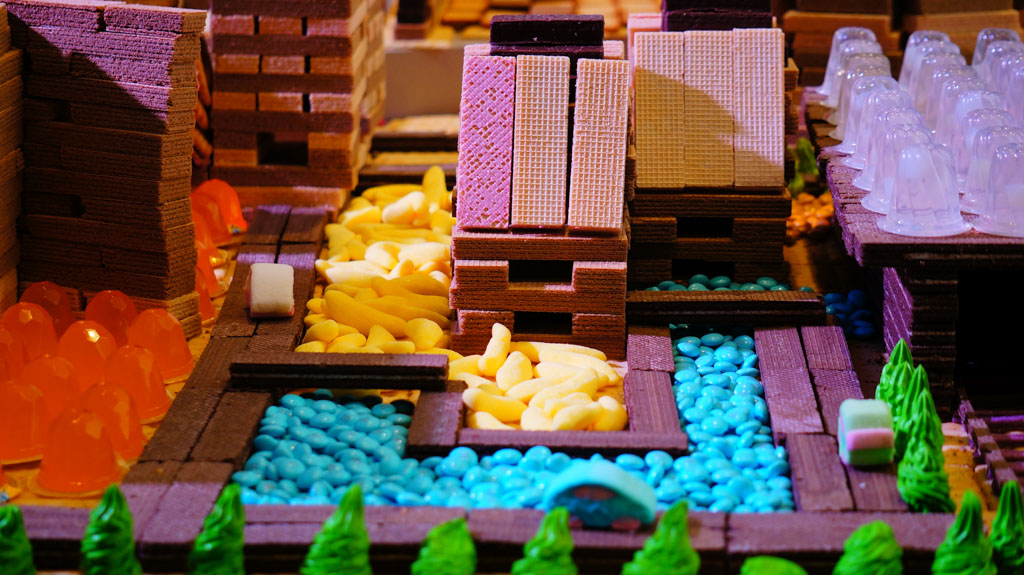
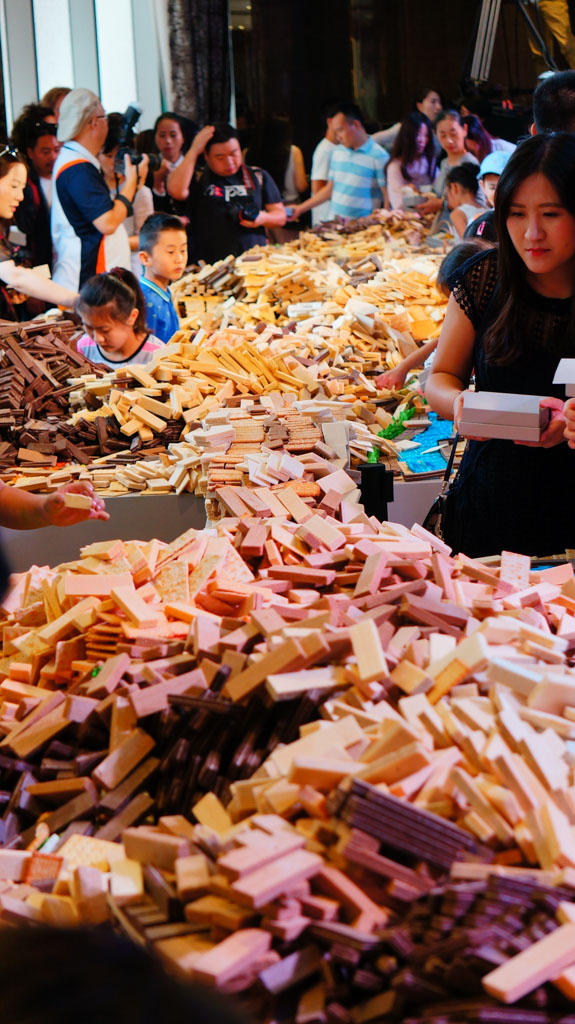
Leave a Reply